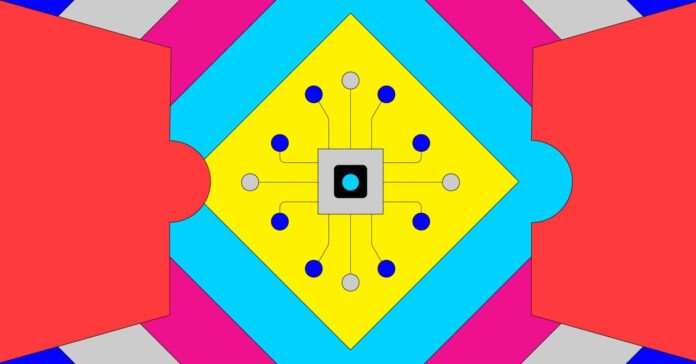In Short:
Liquid AI, a startup from MIT, is unveiling new AI models using innovative “liquid” neural networks, inspired by the simple C. elegans worm. These models aim to be more efficient and transparent, with applications in fraud detection, self-driving cars, and genetic analysis. Co-founder Ramin Hasani emphasizes the technology is now ready for commercial use, backed by investors like Samsung and Shopify.
Recent advancements in artificial intelligence (AI) have demonstrated impressive capabilities, yet today’s algorithms can draw valuable lessons from even the simplest of organisms, such as microscopic worms.
Introduction of Liquid Neural Networks
Liquid AI, a startup originating from MIT, is set to unveil a series of innovative AI models based on a pioneering concept of “liquid” neural networks. These models promise to be more efficient, less power-intensive, and more transparent compared to existing technologies that form the backbone of various applications, including chatbots, image generators, and facial recognition systems.
New AI Models and Applications
The newly developed models by Liquid AI encompass applications aimed at detecting fraud in financial transactions, controlling self-driving vehicles, and analyzing genetic data. The company highlighted these advancements during an event conducted at MIT, with plans to license the technology to external organizations. Notably, Liquid AI has attracted investments from prominent firms such as Samsung and Shopify, both of which are exploring the potential of this technology.
Insights from Nature
According to Ramin Hasani, cofounder and CEO of Liquid AI and a co-inventor of liquid networks during his time as a graduate student at MIT, “We are scaling up.” Hasani’s research is inspired by the C. elegans, a tiny worm whose nervous system has been fully mapped. Remarkably, this organism exhibits complex behaviors despite having only a few hundred neurons. “It was once just a science project, but this technology is fully commercialized and fully ready to bring value for enterprises,” Hasani noted.
Operating Mechanism of Liquid Neural Networks
In conventional neural networks, each simulated neuron operates based on a static value or “weight” that dictates its activity. In contrast, a liquid neural network governs each neuron through an equation that predicts its behavior over time. This approach allows the network to solve a series of interconnected equations during operation. Consequently, liquid neural networks exhibit enhanced efficiency and flexibility, enabling continual learning even post-training, a feature lacking in traditional models. Furthermore, these networks provide a level of transparency that is not feasible with current models, allowing for a reverse analysis of their outputs to discern the decision-making process.
Practical Applications and Future Potential
In a notable experiment conducted in 2020, researchers demonstrated that a liquid neural network consisting of merely 19 neurons and 253 synapses—highly compact by contemporary standards—could effectively manage a simulated self-driving vehicle. While traditional neural networks assess visual data at fixed intervals, the liquid network adeptly captures the dynamics of visual information as it evolves in real-time. In 2022, the founders of Liquid AI achieved a significant breakthrough by developing a shortcut that rendered the mathematical computations necessary for liquid neural networks more manageable for practical applications.





